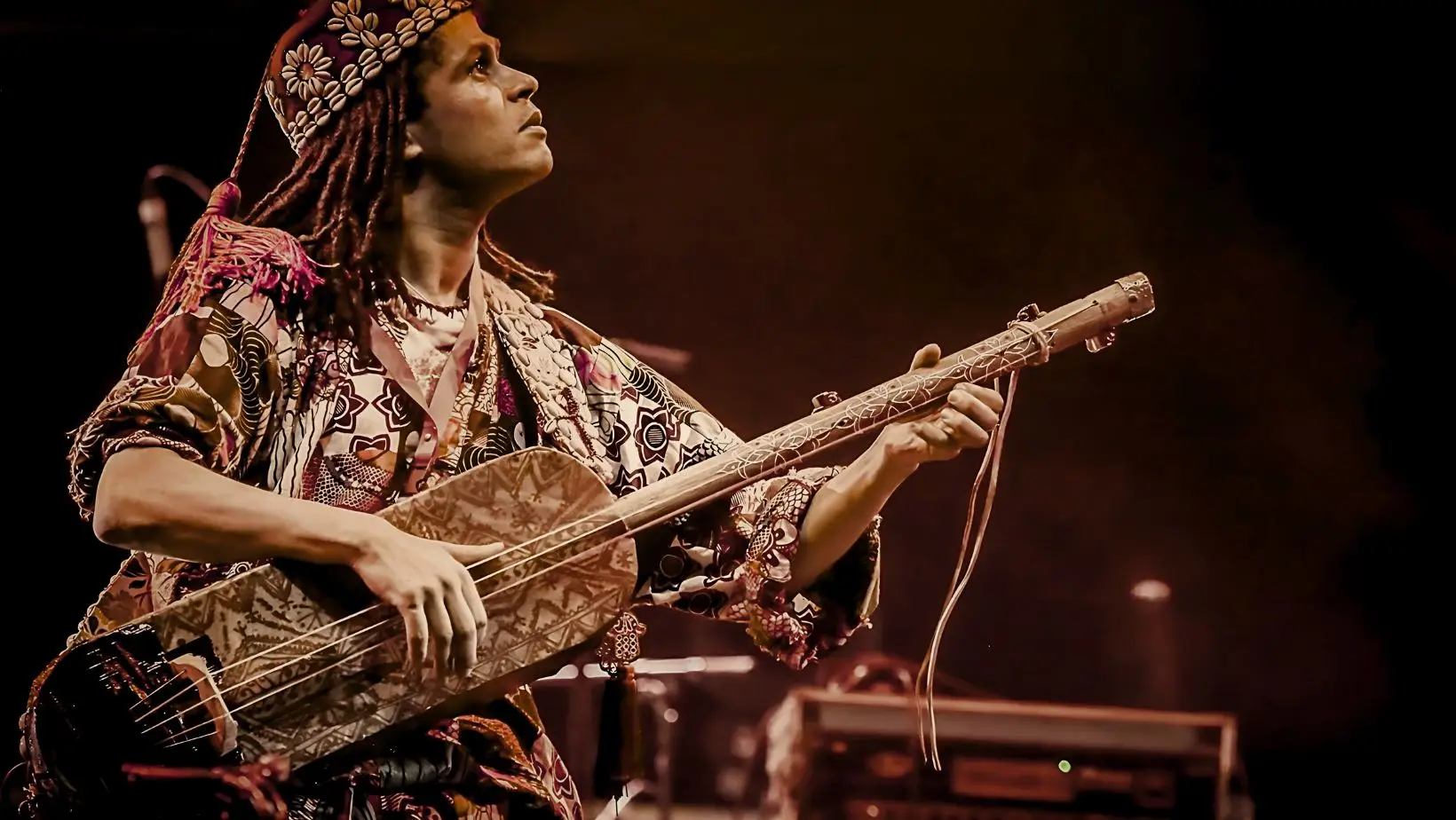Moroccan Art & Culture

The Rich Tapestry of Morocco
Art • Culture • Cuisine • Heritage
Traditional Crafts

Zellige Tilework
Intricate geometric mosaic tilework that adorns Moroccan palaces and mosques since the 10th century. Each piece is hand-chiseled and assembled like a puzzle.

Berber Carpets
Handwoven by Amazigh women using ancient techniques. Each symbol tells a story - zigzags for water, diamonds for protection, and red for strength.

Fez Leatherwork
Medieval tanneries using natural dyes: poppy (red), indigo (blue), mint (green), and saffron (yellow). The Chouara Tannery dates to the 11th century.
Music & Dance Traditions

Gnawa Music
UNESCO-recognized spiritual music with West African roots, using guembri lutes and metal castanets to induce healing trance states during all-night ceremonies.

Andalusian Classical
Refined orchestral suites preserved from 15th century Spain, featuring oud, rabab, kanun and classical Arabic poetry about love and spirituality.

Ahidous Dance
Energetic Amazigh group dance with bendir drums, featuring men in white gandouras and women in pom-pom adorned handiras. Each rhythm matches a season.
Iconic Architecture

Riads
Traditional inward-facing homes with central gardens, zellige tilework, carved cedar ceilings, and cooling fountains following precise geometric proportions.

Kasbahs & Ksars
Fortified earthen structures with rammed earth walls that maintain 20°C (68°F) indoors year-round in desert climates. Ait Ben Haddou is a UNESCO World Heritage Site.

Mosques & Madrasas
Featuring horseshoe arches, muqarnas vaulting, and square-based minarets. The Hassan II Mosque has a retractable roof and ocean-view glass floor.
Culinary Traditions

Tagine Cooking
The conical clay pot creates a unique steam-circulation system. Regional variations include:
- Marrakech: Preserved lemon and olive chicken
- Fez: Prune and almond lamb
- Sahara: Date and camel meat

Friday Couscous
UNESCO-listed weekly family meal:
- Hand-rolled semolina steamed 3 times
- Seven vegetables symbolizing creation
- Served with smen (aged fermented butter)

Street Food
Must-try Moroccan street foods:
- Msemen: Flaky layered pancakes
- Harira: Ramadan lentil soup
- B'stilla: Sweet-savory pigeon pie
- Mint Tea: Poured from height
Fascinating Moroccan Craft Facts
Preserving cultural heritage since 2023


%20copy.webp)



Comments